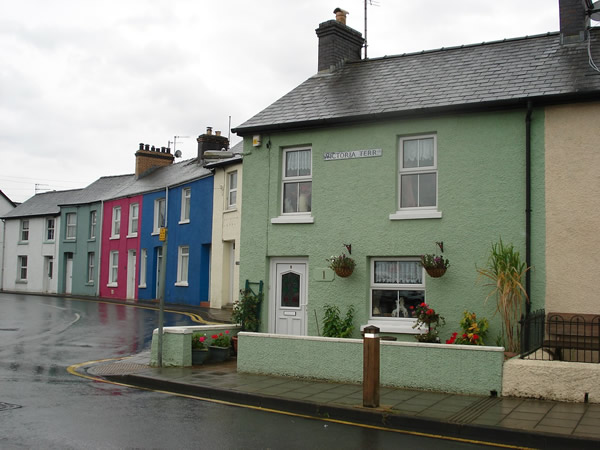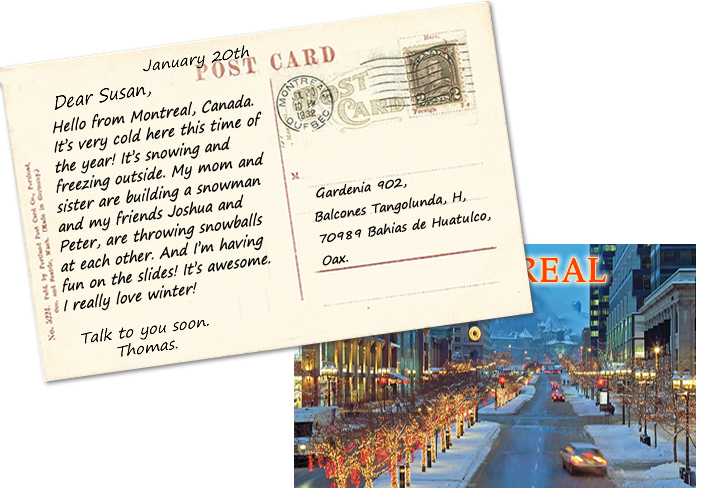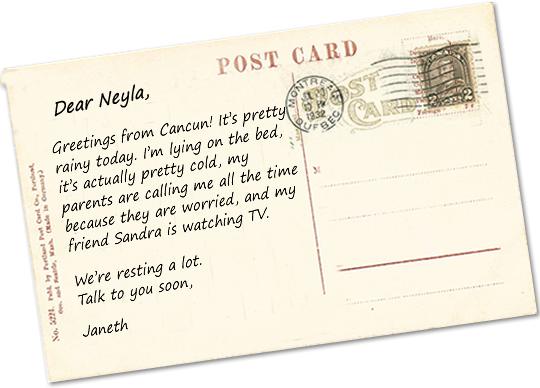Presentation
In this section you will find some short texts in Present Progressive. This tense is important when you communicate because you can describe actions that are happening in the precise moment that we are speaking. We will practice how the verb formation is; you will find some exercises to understand this structure. Finally, you will find some written activities to help you to develop a short text where you can describe what is happening at the moment you are speaking.
In general this is what you will work:

Objective
At the end of the course the student will:
Practice the present progressive form through using some sentences as well as some texts to denote an action that is happening in the precise moment.

















